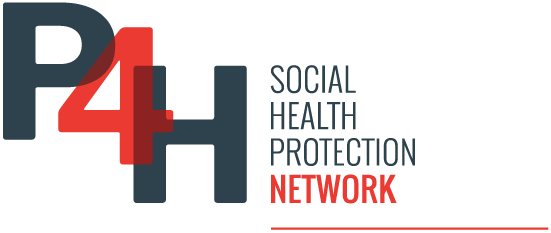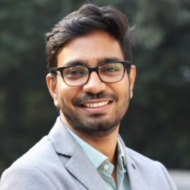Fiji’s dispersed geography and workforce shortages limit healthcare access in rural areas. Efforts to strengthen community health workers, leverage digital tools, and prioritize locally-driven, continuous care aim to ensure all citizens receive essential primary healthcare.
In Fiji, the principle of “health for all” is not merely a policy goal but a fundamental moral driver shaping its approach to healthcare delivery. Spanning over 300 islands, Fiji faces unique challenges in ensuring equitable access to primary healthcare, particularly in its rural and maritime regions. While major cities like Suva and Nadi benefit from specialist hospitals and advanced medical infrastructure, a significant portion of the population, especially those on outer islands and remote highlands, struggle with access to even basic healthcare services. These challenges stem from geographical barriers, under-resourced clinics, and persistent shortages of medical staff, exacerbated by uneven workforce distribution as more healthcare professionals are drawn to urban centers for better opportunities.
This systemic inequity is further heightened by the high prevalence of non-communicable diseases (NCDs) in Fiji, which account for up to 80% of deaths in the country. Conditions like diabetes and cardiovascular disease could often be prevented or better managed with strong and accessible primary care. However, the current primary care model remains limited, frequently structured around episodic, reactive treatment rather than ongoing, comprehensive health management. Addressing this gap requires not just the expansion of primary care services but a significant transformation in the way care is delivered. The new model must shift toward continuous, people-centered healthcare that focuses on prevention, early intervention, and active community engagement.
One of Fiji’s greatest assets in this transformation is its tradition of community involvement. Village health workers, traditional leaders, and church organizations have long supported health education and promoted disease prevention. The government’s increasing use of community health workers (CHWs) is a promising strategy, allowing trained local residents to deliver health education, monitor chronic disease patients, and refer cases to formal healthcare providers. Equipping these CHWs with better training, mobile diagnostic kits, and digital support would strengthen their ability to bridge the gap between communities and clinics, especially in remote locations. Community participation in healthcare planning ensures that services reflect the local context and genuine needs, boosting trust and effective utilization.
Technology also holds significant promise for expanding healthcare equity in Fiji. The adoption of digital health tools, such as electronic medical records (EMRs) and mobile health applications, can help track patient histories, remind patients about medications, and ensure timely care. Telemedicine initiatives enable rural health workers to consult with specialists in real time, reducing the need for costly and time-consuming travel while providing timely interventions. However, as these digital solutions advance, it is crucial to ensure that technological adoption complements—and does not replace—the human connection at the heart of healthcare, and that it is accessible to those with limited literacy or connectivity in remote areas.
A major barrier to strengthening primary care in Fiji is the health workforce crisis. The country has experienced a marked outflow of nurses and midwives, particularly in recent years, leaving many rural clinics severely understaffed. Addressing this requires not just better salaries and benefits, but also rural-specific incentive programs, professional development opportunities, safe and adequate housing, and support for the families of healthcare workers. Training local residents to become healthcare professionals increases the likelihood that staff will remain in their communities, offering relatable and sustained care.
Policy frameworks, such as Fiji’s National Health Strategic Plan, articulate a clear commitment to Universal Health Coverage (UHC) and the expansion of preventive health services. Real progress, however, depends on these commitments being matched with sustained political will, appropriate funding, and transparent, data-driven evaluation mechanisms. True health equity requires going beyond project-based interventions; it involves reshaping policies and budgets so that resources meet different communities’ specific needs, rather than providing uniform but insufficient solutions.
Ultimately, creating a truly equitable primary healthcare system in Fiji involves a fundamental transformation: a shift from reactive to proactive care, from centralized solutions to local empowerment, and from piecemeal projects to a unified vision. By leveraging its strong sense of community, investing in workforce and technology, and enshrining equity into every level of policy and practice, Fiji can close the persistent health access gap. In doing so, it can bring to life the ideal of health for all, ensuring that no one is too distant, marginalized, or underserved to receive quality care—beginning at the most local level, and extending across every island in the nation.


